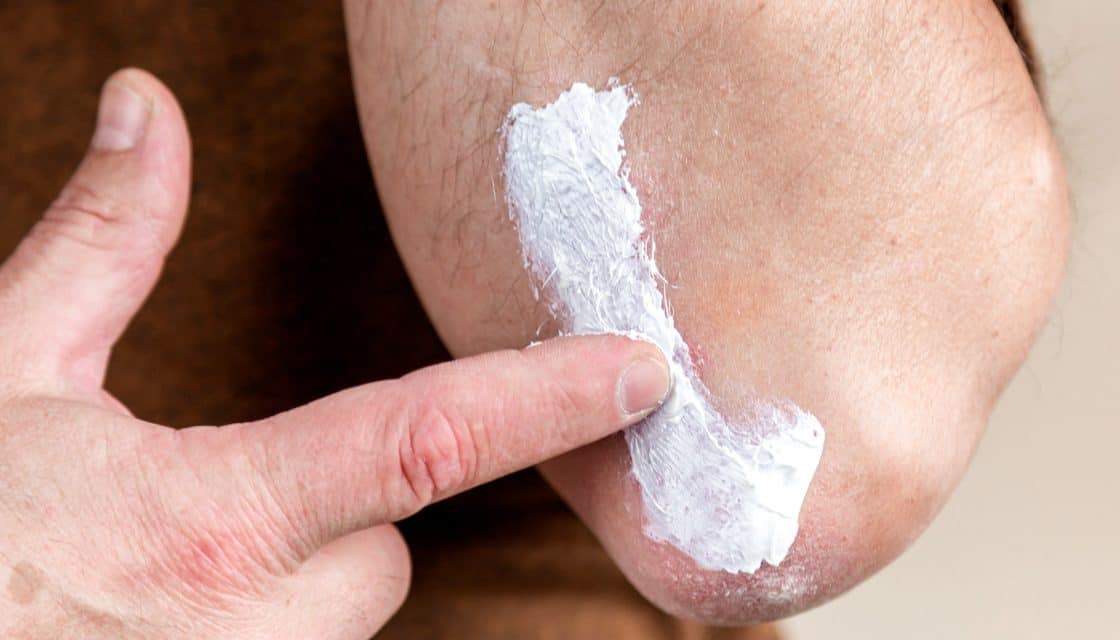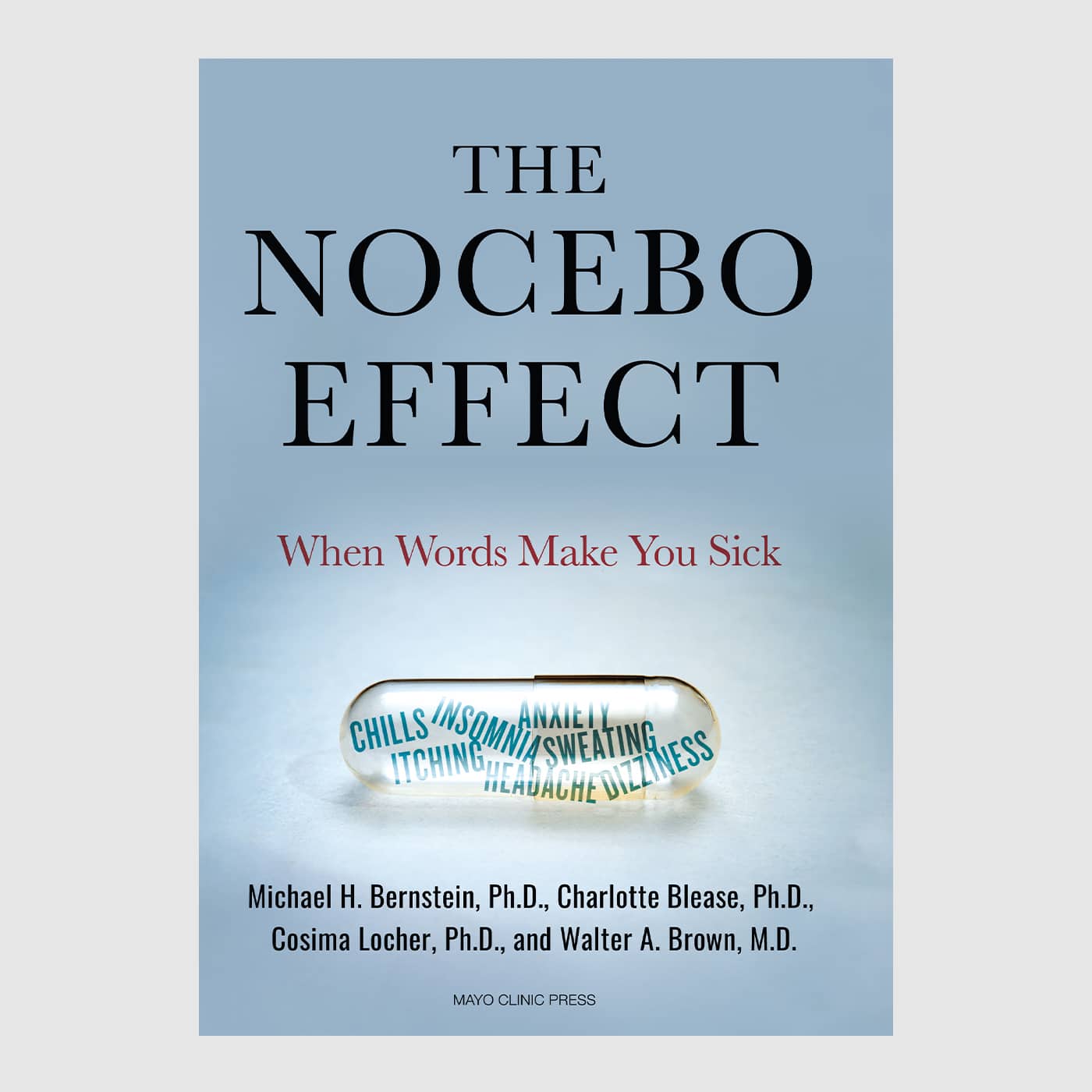
Stinging, burning and redness — oh my. While rosacea can’t be cured, it can be managed.
What is rosacea?
Rosacea is a chronic skin condition thought to result from a complex interaction of many factors. Generally, rosacea affects the center of the face. It can produce facial flushing and redness — though in skin of color, rosacea can manifest more subtly with purple or brown hues.
Rosacea has several characteristic patterns in appearance and location. The subtypes include erythematotelangiectatic rosacea, papulopustular rosacea, phymatous rosacea and ocular rosacea, though you can experience overlapping types with varying severity.
What does rosacea look like?
Depending on the subtype, rosacea can look different.
- Erythematotelangiectatic rosacea. Let’s break down this mouthful. “Erythema-” comes from the Greek word “erythos,” meaning red. In dermatology, “telangiectasia” tends to refer to widened blood vessels on the skin’s surface. Together, these words describe persistently dilated, red blood vessels visible to the naked eye. This is the most common subtype, which can show up as facial flushing and redness. In skin of color, these findings can be challenging to recognize, which may result in underdiagnosis.
- Papulopustular rosacea. More casually known as “acne rosacea,” papulopustular rosacea is often mistaken for acne. Similar to whiteheads, this type of rosacea presents with pimple-like bumps on the central face. In lighter skin tones, these spots often show up on a background of redness with visible blood vessels.
- Phymatous rosacea. Phymatous rosacea is irregular thickening of the skin caused by enlargement of oil glands called sebaceous glands, chronic inflammation, and fibrosis. It classically appears as a bumpy texture of the skin — most often affecting the nose, a condition called “rhinophyma.”
- Ocular rosacea. You probably think of rosacea as being a skin condition, but it also can impact the eyes. In fact, over 50% of patients with rosacea are thought to experience eye symptoms including burning, stinging and dryness. Individuals with ocular rosacea may complain of a gritty sensation in their eye or sensitivity to light. On exam, there are typically dilated blood vessels seen in contrast to the white of the eye. Eyelids can look red and swollen. Individuals may complain of recurrent infections of the eye such as pink eye or blocked oil glands that lead to bumps on the eyelid.
What causes rosacea?
Rosacea’s cause isn’t well understood. Factors that are thought to contribute to rosacea include:
- A problem with the immune system.
- Hyperreactive facial vessels.
- Inflammatory responses to microorganisms (such as mites) that live on all skin.
- Genetic predisposition to the disease.
Rosacea flares
Once you develop rosacea, triggers may cause flares of the skin disease. In a study of 1,066 patients with rosacea, the most common triggers reported were exposure to the sun (81%), emotional stress (79%), hot weather (75%), heavy exercise (56%), alcohol use (52%) and spicy foods (45%). One of the main management strategies is to avoid your rosacea triggers. For this reason, sunscreen is almost universally recommended for those who suffer from rosacea.
How do you know if you have rosacea?
Rosacea is diagnosed clinically by your healthcare team.
Can rosacea be cured?
As a chronic condition, there is no cure for rosacea, but it is treatable.
Treatment is dependent on the subtype.
Erythematotelangiectatic rosacea is very challenging to treat.
The visible blood vessels (telangiectasias) and overall redness (erythema) of rosacea is best treated with laser. Laser therapy can lessen the redness and visibility of vessels but doesn’t prevent their recurrence.
Topical brimonidine gel (Mirvaso) and oxymetazoline cream (Rhofade) are used to constrict visible blood vessels and improve overall redness due to these vessels. These treatments are often limited to short-term use because they can cause rebound of symptoms. This means that using these medications excessively can worsen your symptoms.
As discussed above, trigger avoidance is a key management strategy in preventing facial flushing, burning or stinging. Every individual has different triggers. Understanding your triggers is crucial for effectively managing and preventing the exacerbation of your rosacea.
Papulopustular rosacea is easier to treat and involves both oral and topical treatment options.
Metronidazole (Metrocream, Noritate, others) is one of the common topical treatment options for this subtype. The exact mechanism by which this medication works is not fully understood, but it is believed to be due to its anti-inflammatory and antimicrobial properties. Metronidazole is available in gel and cream formulations and is typically applied twice daily.
Ivermectin (Soolantra) is another topical option that generally improves pustular rosacea. Ivermectin offers an anti-inflammatory and anti-parasitic benefit. Ivermectin comes in multiple delivery vehicles including gels and creams. It is applied once daily.
Another topical option is azelaic acid (Finacea) applied either once or twice daily, and typically prescribed at 15% concentration or greater.
Oral options are used to treat moderate or severe papulopustular rosacea and may be used for shorter periods to achieve better control before maintenance therapy. Typically, the tetracycline class of antibiotics are chosen for oral treatment including doxycycline (Oracea), tetracycline or minocycline (Minolira, Solodyn). In cases where tetracyclines are not a good option, macrolide antibiotics can also be considered.
Phymatous rosacea is challenging to manage.
Two main strategies are typically used to treat phymatous rosacea. Oral isotretinoin (Amnesteem, Claravis, others) has been studied in the treatment of oil gland enlargement changes of the nose, termed “rhinophyma” with variable duration of improvement. Isotretinoin is commonly used as a definitive treatment for acne vulgaris, which is the classic form of acne, and is different from acne rosacea.
Ultimately, for cosmetic improvement, ablative laser therapy can be used to recontour the surface of the skin. There also are more-invasive surgical treatment options.
Ocular rosacea is generally referred to ophthalmology for management.
As above, oral tetracycline antibiotics can be used for more severe cases, as well as oral metronidazole (Flagyl, Likmez), a different type of antibiotic.
Topical antibiotics also are commonly used and include topical metronidazole and erythromycin (Erygel).
Related Article:

More than skin deep with Dr. V.: Flake-free living with psoriasis
Medications known as biologics are revolutionizing the treatment of psoriasis by modulating the immune system. And they are giving people new options for living flake-free.

Relevant reading
The Nocebo Effect
We are just discovering the power behind The Nocebo Effect, as explored in the groundbreaking work of a dozen top level researchers. Most importantly, researchers have investigated strategies that can be adopted by both clinicians and patients to reduce the nocebo effect.




















